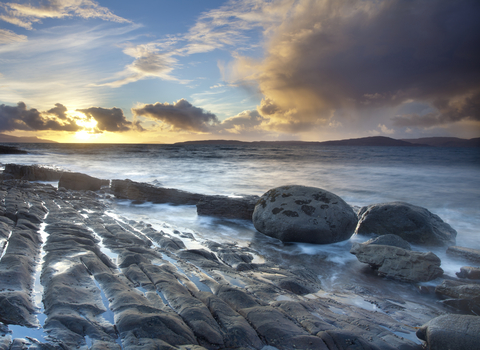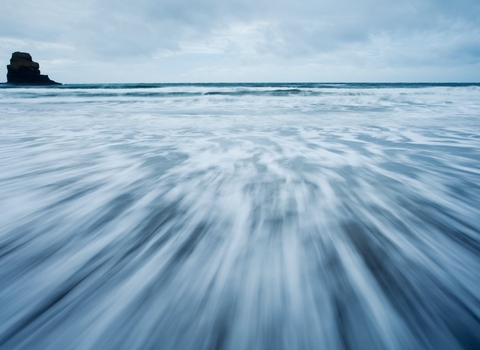Honeycomb worm ©Julie Hatcher/Dorset WT
Honeycomb worm
Ever spotted a honeycomb-like mound on the beach and wondered what it was? It's a reef built entirely by worms!
Scientific name
Sabellaria alveolataWhen to see
January to DecemberSpecies information
About
The honeycomb worm is a reef-building worm. Each worm builds itself a protective tube from sand and shell fragments, which together form a reef that looks like honeycomb. Each little hole is like a worm apartment and is where the worm lives and feeds. Each tube even has an overhanging porch! The honeycomb worm is a filter feeder, extending feeding tentacles into the water column when the tide is in to catch floating particles of plankton or detritus. They live mainly on the shoreline and will build hummock-shaped reefs on most hard substrates - from rocks to coastal defence structures. They need hard substrates to settle on and sand to build their tubes with - so are only found in places where both are plentiful.How to identify
A hard honeycomb structure attached to rocks or man-made structures on the seashore. The reefs are often mound or hummock like. They are distinctively honeycomb in structure, with each tube housing one worm. They can be up to a metre tall and several metres long!Distribution
Most common on South and West coasts of the UK, some isolated records on East and South-East coasts.Did you know?
Honeycomb worm reefs provide a habitat for other species, with up to 38 different species recorded on a well-established reef.How people can help
Avoid standing on honeycomb Worm reefs as this can damage them or the other species that they host. Honeycomb worm reefs (and the subtidal Ross worm reefs) are a feature for which Marine Conservation Zones can be designated to protect. The Wildlife Trusts are calling for more Marine Conservation Zones in English seas to complete our Marine Protected Area network. You can add your support to our campaign at www.wildlifetrusts.org/MCZfriends


